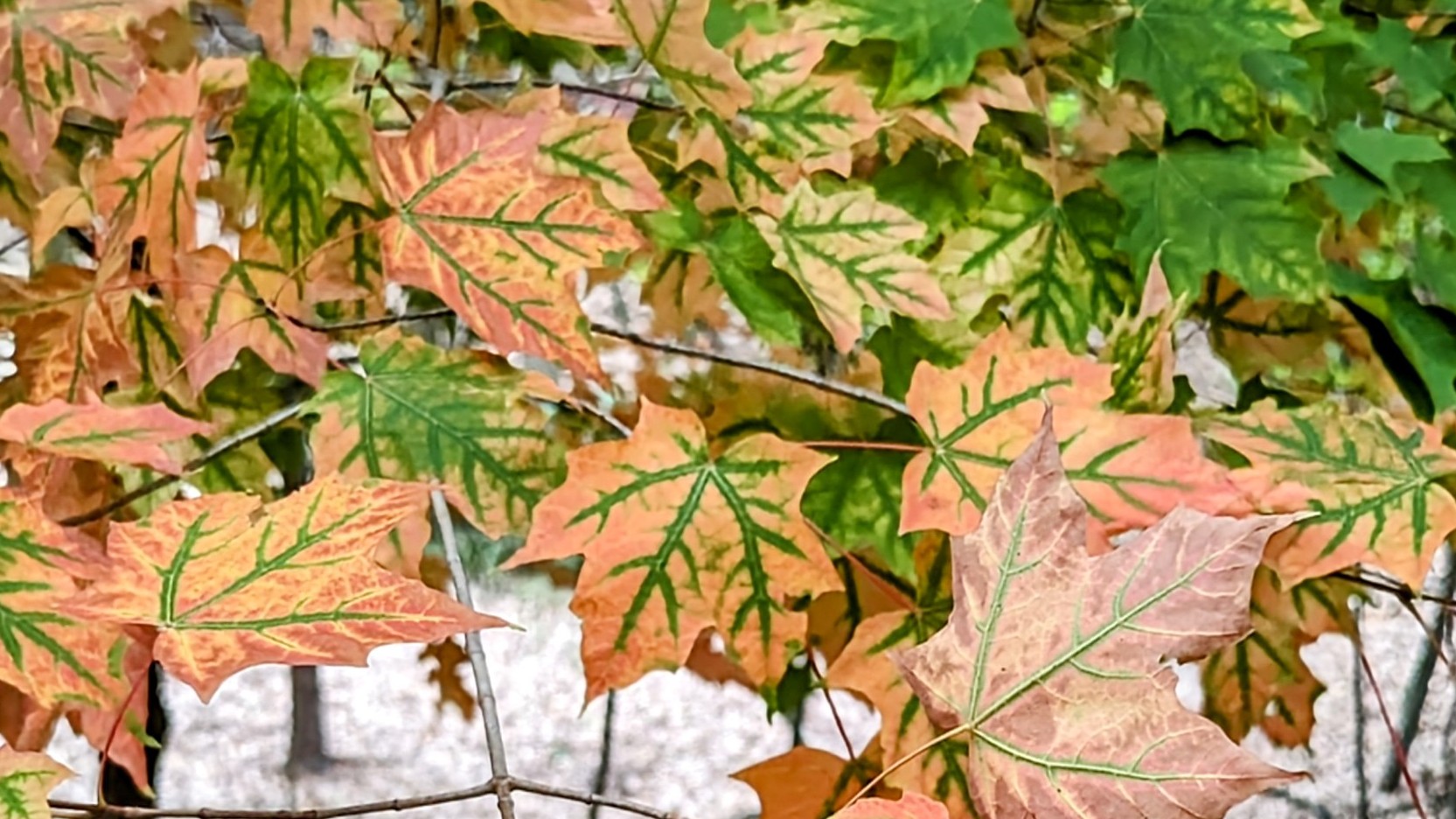Chefs work with a wide variety of different sugars and syrups. A small bit of sweetness in a savory dish can bring balance just as well as salt or acid do to sweet dishes. Sometimes this can be accomplished via onion, carrot or tomato in a rich sauce, or via tree fruits, berries or wine in an aromatic one.
Sweetness is a part of the flavor balancing equation. Sugar is energy dense. It stores well. It is the second fastest “macro” metabolized by our bodies. Like the fastest (alcohol), we associate its taste with peak ripeness since it expresses itself in fruit through juiciness which elicits immediate opportunity modes within our survival brain.
One can practice a great deal of creativity with simple table sugar and their stove top range alone. In addition to practically any sweet confection, sugar is melted into water for simple syrup in cocktails, into caramels and all its derivative forms (butterscotch, toffee, gastriques 1, etc.), and heated in puddings, pot de creme and creme anglaise. All in all, understanding that sugar has a particular behavior when it melts carries over to practically every dessert sauce in existence. Melting sugar to different temperatures and playing with ratios of milk fats and proteins explodes a whole catalog of dessert sauces.
Molasses is the leftover byproduct from refining sugar from sugar cane, pomegranate, or beets, each of which imparts complex flavor profiles and adds many of its nutrients to the syrup. Molasses is the brown in brown sugar. Most barbecue sauces call for molasses and/or brown sugar. I tend to not carry brown sugar in my kitchens because of its propensity to harden into an annoying brick–opting instead for molasses and white sugar always, which allows you to play with different types of molasseses and provides an easy to adjust bitterness knob.
You can also “make” brown sugar-adjacent substances by mixing honey, maple syrup or agave with granulated sugar (try it!). In truth, I find there is little advantage keeping brown sugar on hand all together; its shelf life is an order of magnitude shorter than its two parent items, recipes often call for light or dark brown sugar ($\sim$ 1 or 2 Tbsp of molasses per cup of sugar, respectively), adding needless inventory. Perhaps an issue is the variability of molasses spoonfuls, but then again brown sugar introduces pack as a new parameter.
Two especially irreplaceable sugar vehicles come in the form of honey and maple syrup, notably for breakfast items but just as essential for pastries, coffee drinks, and cocktails. I use honey in every vinaigrette recipe. Maple syrup has a high warming association not replaceable with spirits or bitters. Advocating for the use of maple, like honey, requires our agricultural industries to plant more trees and plow fewer fields, creating habitat for creatures that take flight. As a sweetener, honey is better for tea and maple for coffee. Flipped the other way, I find the flavor combination of coffee and honey just as odd as that of a vodka and coke! 2
With all that said: consuming less sugar is probably a good idea. Any modern diet requires an elimination of sugar. I have made an effort in previous kitchens to un-crutch myself from its use, and to always explore its substitution via honey or maple or juice reductions where ever I can (this is a great way to make friends with bartenders too, by the way). Corn syrup is mostly employed because it doesn’t crystalize, opacify, or dye candies, but is largely unnecessary otherwise. Now that its production is tied to the energy sector–which has made the price of an ear of corn skyrocket in the last twenty years–its use in cooking and baking is, in my opinion, best avoided altogether.
-
Gastriques are made by combining vinegars and caramels, and are a fantastic way to use up expiring fruit and deglazing a cooking pan (like a rondeau used to caramelize onions) that pairs with steak, pork, or producing a glazing crostini toppings. ↩︎
-
In Ecce Homo, Nietzsche says he does not drink coffee because it spreads darkness, yet drinks tea but only in the morning (p. 21). For some reason, I tend to remember that when choosing honey or maple for sauces and cocktails and it sort of becomes a pneumonic for me that honey goes in lighter mediums and maple syrup in darker ones. Usually. ↩︎
